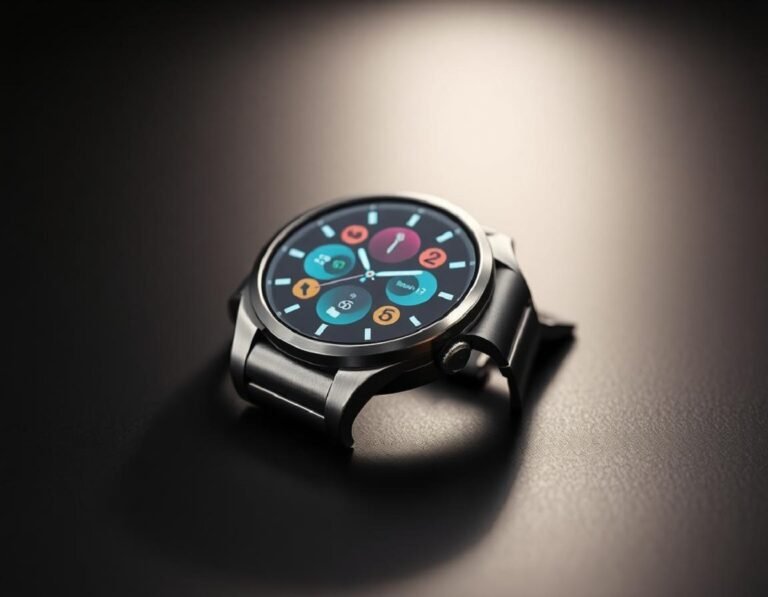Microsoft Retires Blue Screen of Death [What’s Next for Windows Errors]
Windows is saying goodbye to its classic Blue Screen of Death after almost forty years. Microsoft is swapping it out for a new Black Screen of Death in upcoming versions of Windows. The blue background, sad face, and QR code are going away. Instead, you’ll see a black background with a cleaner look.
The new error screen will still show the stop code and the name of the driver causing issues. This should make things simpler for support teams, who won’t need to dig into crash dumps or use advanced tools just to figure out what went wrong.
David Weston, who leads enterprise and OS security at Microsoft, shared that the change is about giving users and IT staff clearer and more direct messages. You’ll be able to see if the problem comes from Windows or from something else, and fix it faster.
Microsoft plans to roll out the Black Screen of Death in a Windows 11 update later this summer. This update will also add the Quick Machine Recovery tool, which helps bring back systems that fail to start. After last year’s CrowdStrike problem, when lots of PCs couldn’t boot and only showed the BSOD, Microsoft wants to give people an easier way to recover from serious errors. These updates are designed to make error handling and recovery better for everyone.







